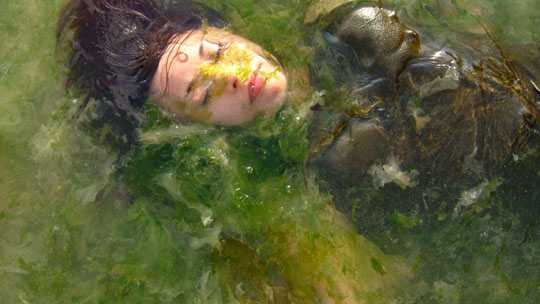In our global information age, when all of us are exposed to more data than we can perhaps adequately manage, the appeal of cliches has never been stronger. By a process of reduction and crude characterization, that which is complex, ambiguous, and difficult-to- know becomes simple, and is summed up by a few stock images or ideas.
This has particularly affected the way we see countries and locales. Now a difficult and daring exhibition at the Museum of Modern Art, Tokyo, is attempting to reverse this process in the case of Okinawa, by inviting us to take a look at aspects of the archipelago that tend to get airbrushed out of the brochures that typically advertise it as a hibiscus-wreathed "paradise" of sun and sand, with a quaint archaic culture.
Looking like a typo, "Okinawa Prismed 1872-2008," the title of the exhibition, actually makes perfect sense as the intention of the curator, Katsuo Suzuki is to present a show where the image we have of Okinawa is "prismed," or split like a beam of light by a prism, in order to unravel it — "Rashomon"-like — into separate, complexly interwoven narratives, some of them at odds with the island's official place in Japanese history, its role in hosting important U.S. military bases, and most significantly its image as Japan's own domestic island paradise.



















With your current subscription plan you can comment on stories. However, before writing your first comment, please create a display name in the Profile section of your subscriber account page.